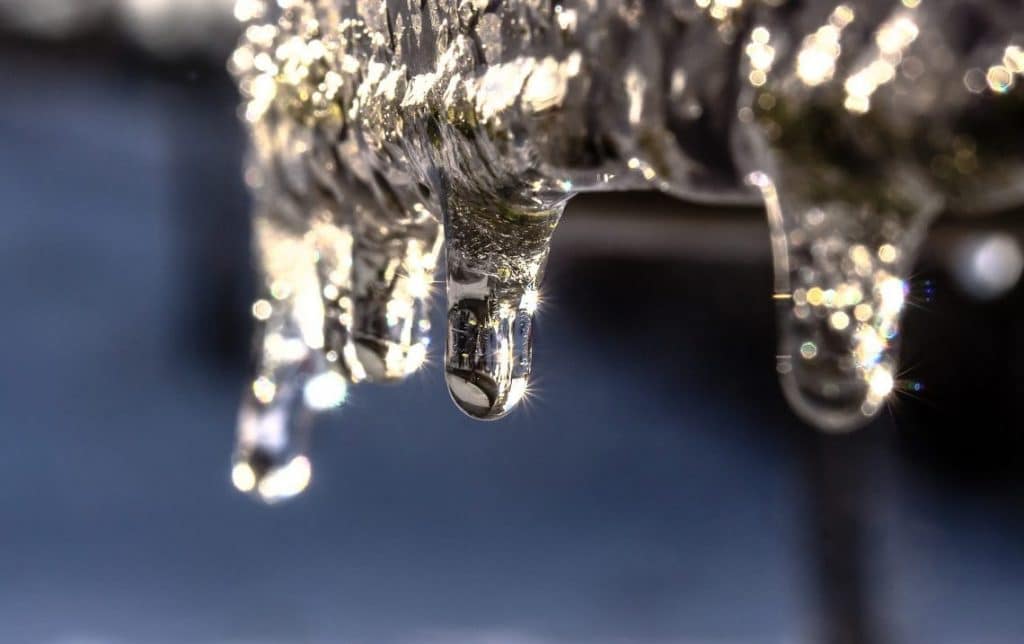Avoiding Frozen Plumbing in Winter: Expert Strategies
Avoiding Frozen Plumbing in Winter: Expert Strategies
Blog Article
The author is making several great points related to Helpful Tips to Prevent Frozen Pipes this Winter as a whole in this great article beneath.
:strip_icc()/snow-outdoor-faucet-pipes-4af65d1e5e904fb1aa7bf74071fe5d89.jpg)
Winter can wreak havoc on your pipes, especially by freezing pipelines. Here's just how to avoid it from taking place and what to do if it does.
Introduction
As temperatures decline, the risk of frozen pipelines increases, possibly resulting in pricey repairs and water damage. Comprehending just how to prevent frozen pipes is vital for homeowners in cool environments.
Understanding Frozen Pipes
What causes pipes to freeze?
Pipes freeze when exposed to temperature levels listed below 32 ° F (0 ° C) for expanded durations. As water inside the pipelines freezes, it broadens, putting pressure on the pipe wall surfaces and possibly triggering them to burst.
Threats and problems
Frozen pipes can cause water system interruptions, residential property damage, and pricey repair work. Burst pipelines can flooding homes and create considerable structural damage.
Indications of Frozen Pipeline
Identifying icy pipelines early can prevent them from bursting.
Exactly how to identify icy pipelines
Look for lowered water flow from taps, uncommon odors or sounds from pipes, and noticeable frost on exposed pipelines.
Prevention Tips
Insulating vulnerable pipes
Wrap pipelines in insulation sleeves or make use of warmth tape to shield them from freezing temperatures. Concentrate on pipelines in unheated or exterior locations of the home.
Home heating methods
Keep interior areas appropriately heated up, especially areas with pipes. Open up closet doors to enable warm air to circulate around pipelines under sinks.
Securing Exterior Plumbing
Garden tubes and exterior faucets
Disconnect and drain pipes garden hoses before winter. Set up frost-proof spigots or cover outside faucets with protected caps.
What to Do If Your Pipelines Freeze
Immediate actions to take
If you presume frozen pipelines, keep taps available to ease stress as the ice melts. Use a hairdryer or towels taken in hot water to thaw pipes gradually.
Long-Term Solutions
Architectural modifications
Consider rerouting pipes away from outside wall surfaces or unheated areas. Add extra insulation to attics, cellars, and crawl spaces.
Updating insulation
Buy top notch insulation for pipelines, attic rooms, and wall surfaces. Appropriate insulation helps preserve constant temperatures and minimizes the threat of frozen pipelines.
Final thought
Protecting against frozen pipes needs aggressive procedures and fast reactions. By comprehending the reasons, signs, and safety nets, homeowners can protect their pipes throughout winter.
5 Ways to Prevent Frozen Pipes
Drain Outdoor Faucets and Disconnect Hoses
First, close the shut-off valve that controls the flow of water in the pipe to your outdoor faucet. Then, head outside to disconnect and drain your hose and open the outdoor faucet to allow the water to completely drain out of the line. Turn off the faucet when done. Finally, head back to the shut-off valve and drain the remaining water inside the pipe into a bucket or container. Additionally, if you have a home irrigation system, you should consider hiring an expert to clear the system of water each year.
Insulate Pipes
One of the best and most cost-effective methods for preventing frozen water pipes is to wrap your pipes with insulation. This is especially important for areas in your home that aren’t exposed to heat, such as an attic. We suggest using foam sleeves, which can typically be found at your local hardware store.
Keep Heat Running at 65
Your pipes are located inside your walls, and the temperature there is much colder than the rest of the house. To prevent your pipes from freezing, The Insurance Information Institute suggests that you keep your home heated to at least 65 degrees, even when traveling. You may want to invest in smart devices that can keep an eye on the temperature in your home while you’re away.
Leave Water Dripping
Moving water — even a small trickle — can prevent ice from forming inside your pipes. When freezing temps are imminent, start a drip of water from all faucets that serve exposed pipes. Leaving a few faucets running will also help relieve pressure inside the pipes and help prevent a rupture if the water inside freezes.
Open Cupboard Doors
Warm your kitchen and bathroom pipes by opening cupboards and vanities. You should also leave your interior doors ajar to help warm air circulate evenly throughout your home.

I ran across that blog entry about How To Avoid Freezing Pipes while doing a search on the web. Sharing is nice. Helping others is fun. Thank you so much for taking the time to read it.
Schedule Services Report this page